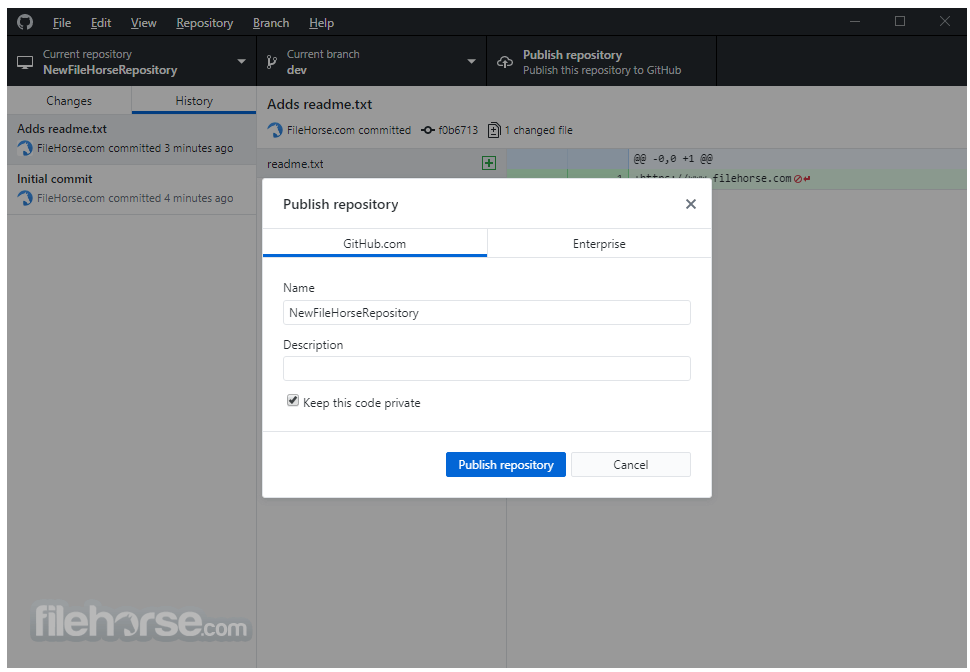

OpenGL 2.1 runs almost any arbitrary operations on the GPU when submitted as a fragment shader.

That GPU is completely "fixed-function" and does not support user-submitted code. Given that your CPU is probably as ancient as your GPU, you're completely out of luck. Switching to the xvga driver, I get OpenGl 1.1 only - but the CAD requires 2. Now, using the vga display driver, I get Opengl 2.1 but starting the CAD, there appears a black (or scrambled box on the screen and the application hangs.
#Opengl 2.1 download windows 7 software#
Unless you have a high-end, modern CPU from the past 3-4 years, like a Core i7 3770K or better, you're not going to be able to emulate OpenGL 2.1 in software at a playable framerate. I use a CAD application in my windows 7 (64 bit) guest. A CPU contemporaneous with a motherboard with an AGP slot (something like a Pentium 4, yeah?) may have SSE2, but probably not the others.

Additionally, they don't guarantee good performance or even correct behavior unless your CPU has SSE2 and SSSE3 and SSE4.1. Indeed, the mesa3d project maintains such an optimized software renderer as part of its project, but support for Windows is an afterthought, and building it is a bear. Of course, on current-gen Intel and AMD CPUs, we almost always have an on-die GPU that's more than capable of running an OpenGL 2.1 game, anyway, so. So for an OpenGL 2.1 game, it would've had to have been released no earlier than July 2006 (since that's when OpenGL 2.1 itself was finalized), meaning we could start to see playable framerates (30 - 60 fps) when rendered in software with an optimized OpenGL 2.1 implementation on a current-gen CPU. For any game, whether it's simple 2D or not, my rule of thumb is, you can run its 3d renderer in software with a high-end CPU from 10 years in the future. However, the reason that GPUs exist is that they can compute graphics operations much faster than a CPU of the same generation. Now, emulation of any revision of OpenGL on the CPU is possible. This means that OpenGL automatically receives updates if you have automatic updates activated on your machine.
#Opengl 2.1 download windows 7 driver#
In most cases, OpenGL is considered a default application within those operating systems, as it is a part of the driver of your graphics cards (GPU). But your hardware is at least 6 or 7 years too old to support that. OpenGL is distributed to Windows, macOS and Linux. If your GPU hardware were more capable, it could support later revisions of OpenGL on Windows XP with a newer AMD Catalyst device driver package. OpenGL exposes GPU hardware capabilities to the operating system. OpenGL can't be "upgraded", and it must be included with your graphics driver. Do I need a separate OpenGL installation/upgrade or has it to be included into my graphic card driver? Where can I get it?


 0 kommentar(er)
0 kommentar(er)
